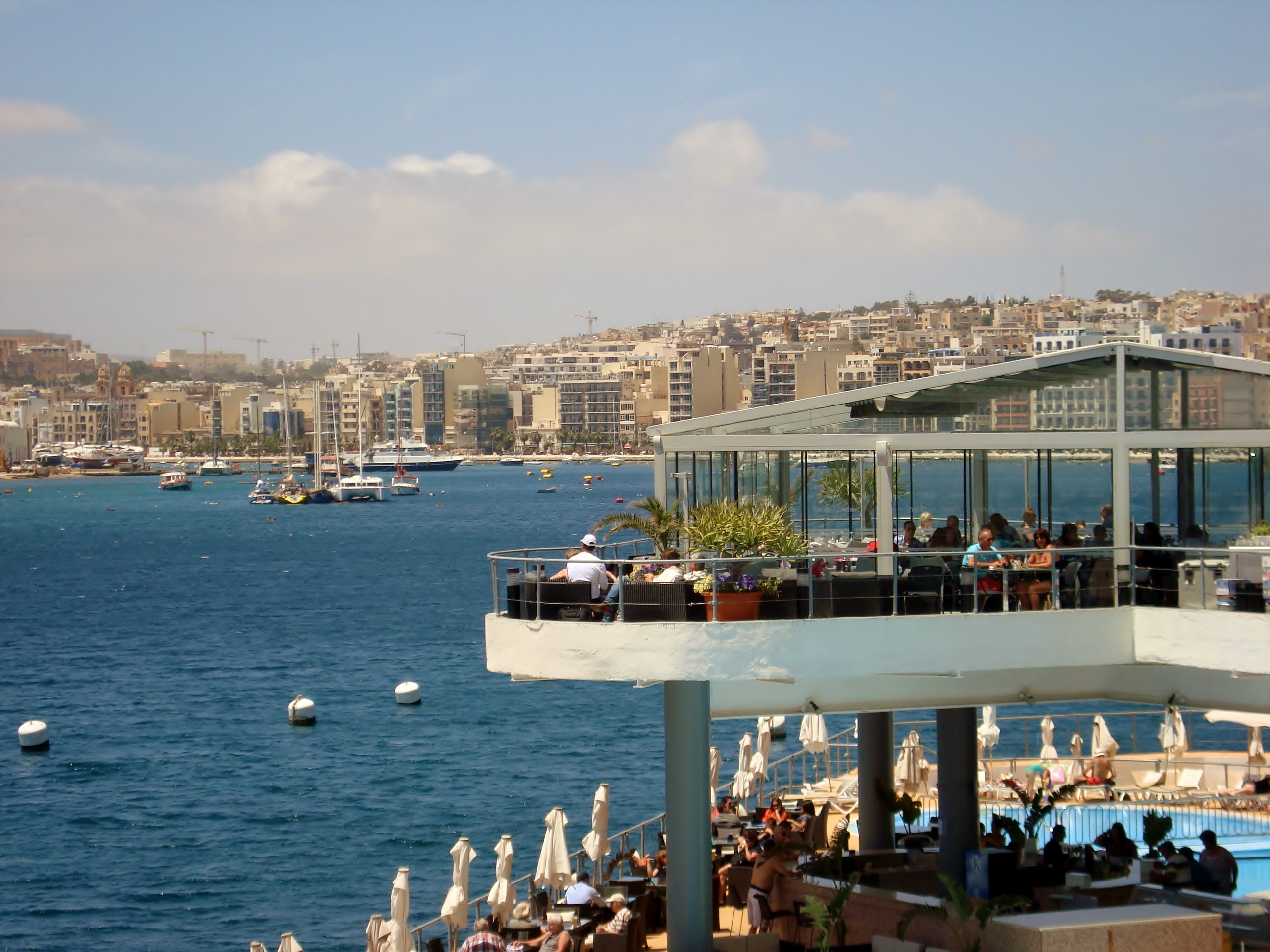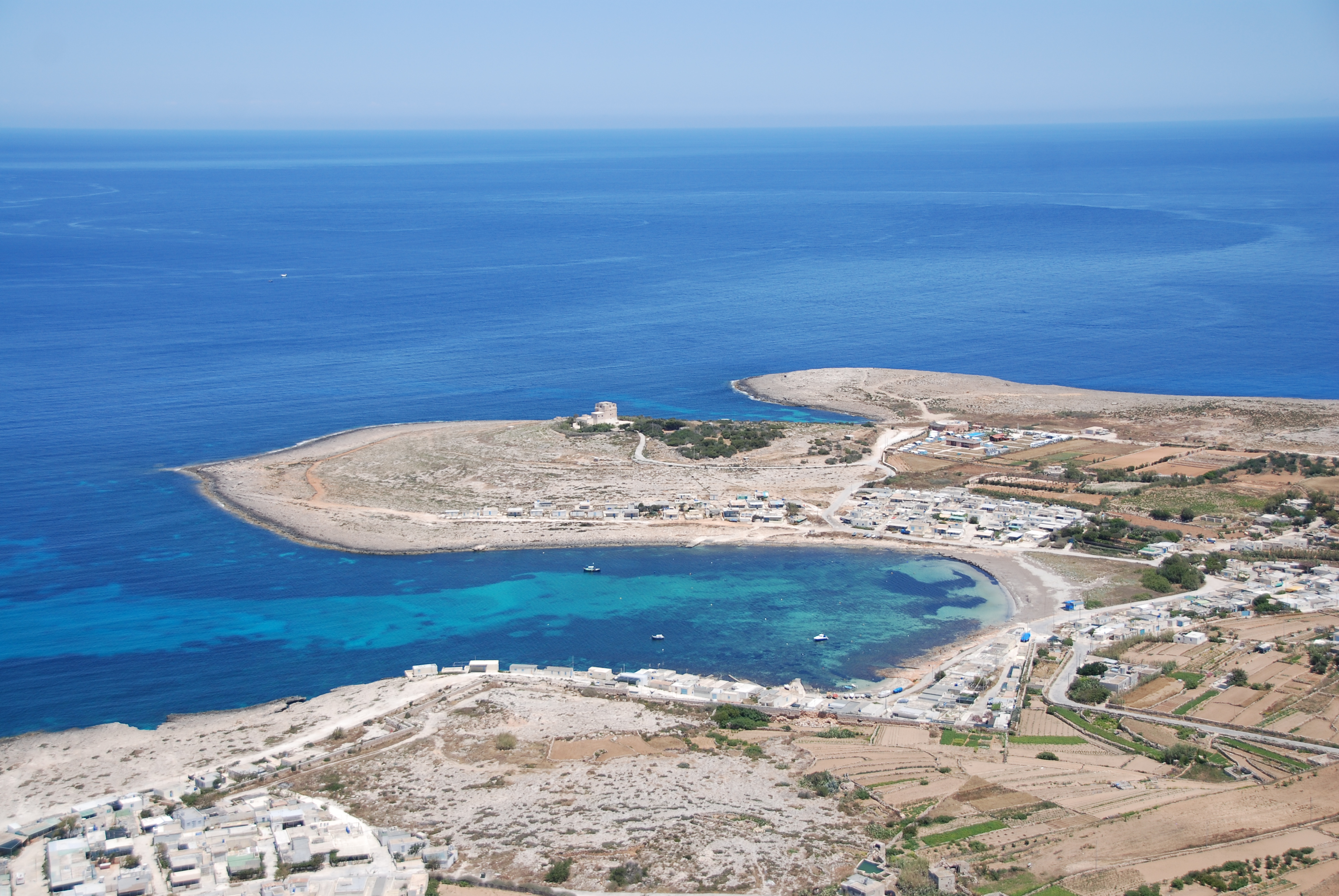

Sliema is situated on the northeast of Malta, which goes all the way from Msida till St Julian's. It is the biggest commercial area and very popular among tourists and locals. It has loads of restaurants, bars, cafes and hotels.
On the side of Sliema ferries you can see the capital of Malta, Valletta, and have a large option of buses to go around the island. Moreover, you can get the ferry to Valletta, which takes a shorter time to arrive and a better view.
On the Sliema promenade you will always find a lot of people jogging, running, walking and even doing cross-fit in some parts as is one of the best places to do sports activities in Malta and a beautiful spot to be, with their rock beaches, natural pools and a lot more.
It is one of the best places that can offer all you need for a great holidays.
A small curiosity about the name of the city is the meaning, which is peace. That is what we have when walking around.

Malta is a small island country in the Mediterranean Sea that lies south of the island of Sicily, Italy. Malta is an archipelago, but only the three largest islands of Malta, Gozo (Għawdex) and Kemmuna (Comino) are inhabited.
Although small, Malta has a rich history, with evidence for habitation going back to the Neolithic era (4th millennium BC). The country has some of the world's most ancient standing buildings (the Neolithic temples), and its strategic location and good harbours in the middle of the Mediterranean have attracted Phoenicians, Greeks, Romans, Arabs, Normans, Crusaders, the French and finally the British, with the colonial period lasting until 1964.
The Knights of the Order of St. John of Jerusalem, also known as the Knights Hospitallers and Knights of Malta, took over sovereign control of Malta in 1530, and by 1533 the Order had built a hospital at Birgu (one of the Three Cities) to care for the sick. In 1565, Suleiman the Magnificent, Sultan of the Ottoman Empire, mounted a great siege of Malta with a fleet of 180 ships and a landing force of 30,000 men. In response the Order, with only 8,000 defenders, drove the Ottoman Turks away after a hard siege of several months. After this siege, the Order founded the city of Valletta on a peninsula, and fortified it with massive stone walls, which even withstood heavy bombing during the Second World War. By 1575 the Order had built a new large hospital known as the Grand Hospital or Sacred Infirmary in order to continue with its primary mission of caring for the sick.
In 1798, the French under Napoleon took the island on 12 June, without resistance, when the Grand Master of the Order capitulated after deciding that the island could not be defended against the opposing French naval force. French rule lasted a little over 2 years, until they surrendered to the British Royal Navy, under Admiral Nelson's command, in September 1800. Great Britain formally acquired possession of Malta in 1814. The island staunchly supported the UK through both World Wars.
The island was awarded the George Cross for its heroic resistance during the Second World War. An image of the cross is displayed on the flag.